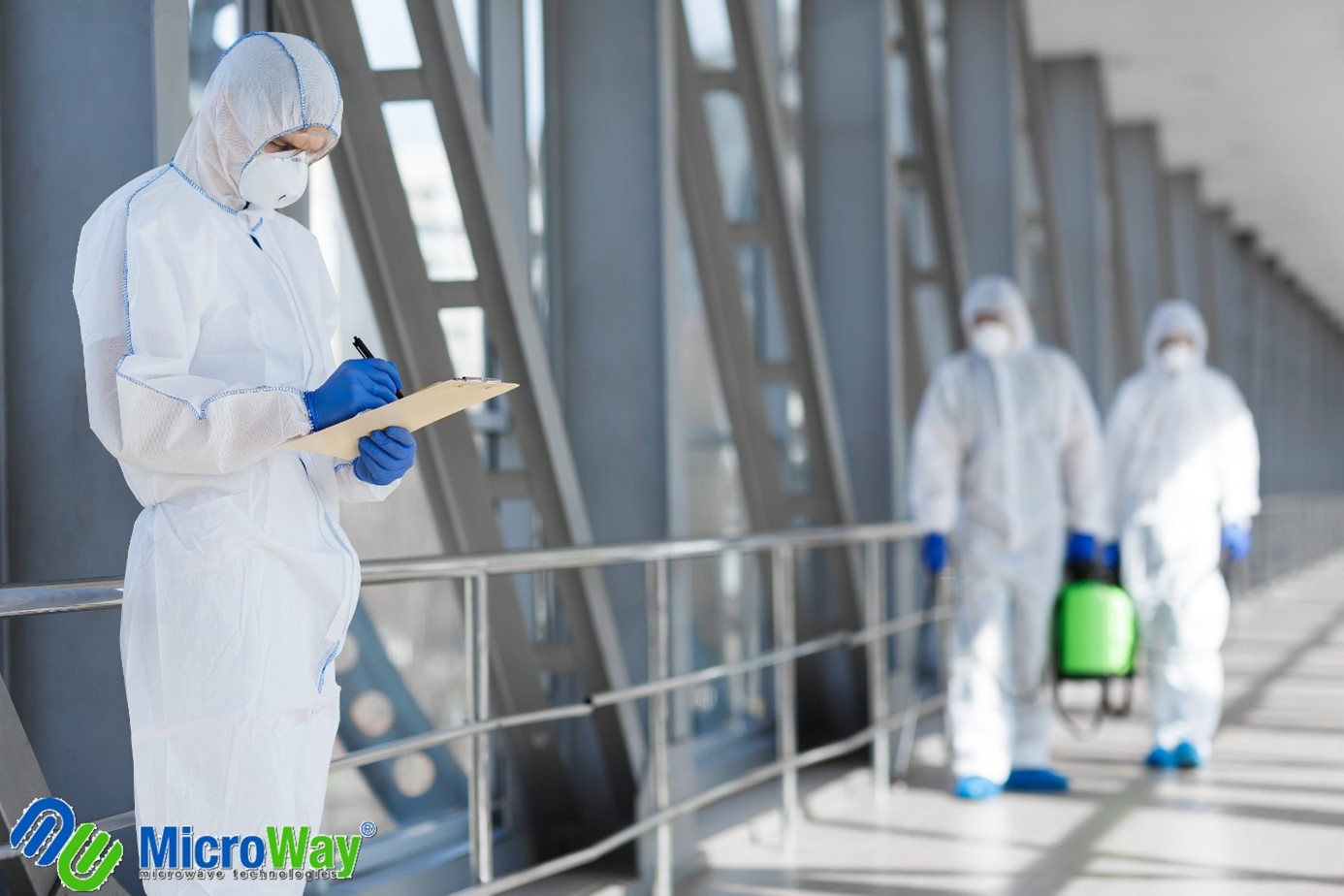Introduction:
Fumigation, a critical practice in pest control, raises questions about its safety, especially concerning the health of workers and potential environmental impacts. In Iran, where agriculture thrives and pest management is crucial, understanding the safety aspects of fumigation is essential. This article delves into the potential risks, safety measures, and regulatory frameworks in place to address the safety concerns surrounding fumigation in Iran.Get acquainted with the production capacity of the Microway brand

1. Potential Risks of Fumigation:
Fumigation involves the use of chemical agents to control pests, and as such, it comes with inherent risks. Some potential dangers include chemical exposure, environmental impact, and possible health hazards to workers involved in the process.
2. Health Risks for Workers:
- Chemical Exposure: Workers involved in fumigation may face risks associated with direct exposure to fumigants. This exposure can occur during application, handling treated materials, or entering treated spaces without proper protective measures.
- Respiratory Concerns: Inhaling fumigant gases can lead to respiratory issues, ranging from mild irritation to more severe complications in cases of prolonged exposure.
3. Environmental Impact:
- Air and Soil Contamination: The chemicals used in fumigation can potentially contribute to air and soil contamination, affecting both agricultural and non-agricultural areas.
- Impact on Non-Target Species: Fumigants might harm non-target species, including beneficial insects, wildlife, and plants, disrupting the ecological balance.
4. Safety Measures in Fumigation Practices in Iran:
- Protective Gear: Workers involved in fumigation in Iran are required to wear protective gear, including respirators, gloves, and suits, to minimize direct contact with fumigants.
- Sealing and Ventilation: Proper sealing of treated spaces and adequate ventilation help contain fumigants and reduce the risk of exposure to workers and nearby populations.

5. Regulatory Framework in Iran:
- Government Oversight: Fumigation practices in Iran are subject to strict government regulations and oversight to ensure compliance with safety standards and environmental protection.
- Training and Certification: Workers engaged in fumigation are often required to undergo specialized training and certification programs to enhance their understanding of safety protocols.
6. Conclusion:
While fumigation is a valuable tool in pest control, the potential risks associated with its use demand careful attention and adherence to safety measures. In Iran, regulatory frameworks and safety protocols play a vital role in mitigating these risks, ensuring that fumigation practices contribute to pest management without compromising the health of workers or the environment.


